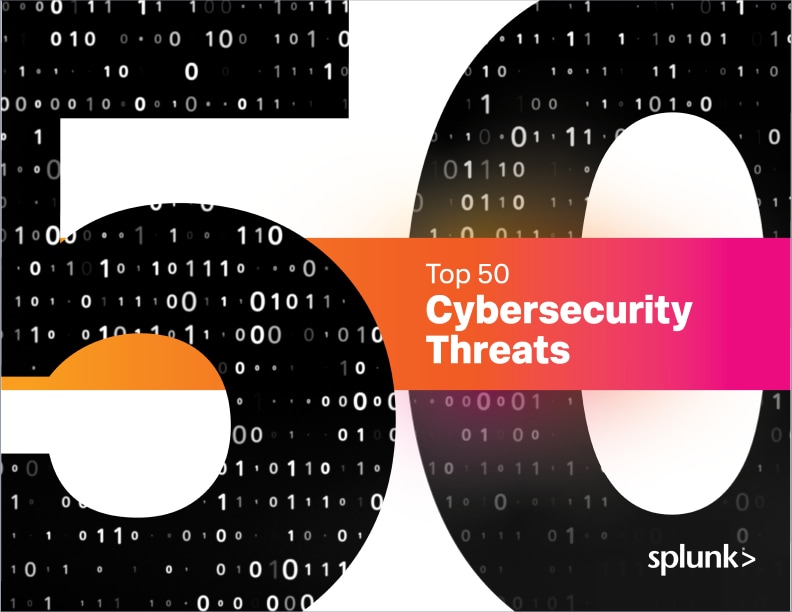From Bots to Autonomous Agents: How State Leaders Can Prepare for the Next Wave of AI Threats

Imagine a tireless, ever-learning army that never sleeps and never makes mistakes—an army of AI agents, not humans. What began as simple bots has evolved into sophisticated, autonomous entities operating in perfect sync at machine speed. This is no longer science fiction: autonomous AI is accelerating fraud, turning slow, manual crimes into rapid, relentless attacks.
Agentic AI fraud isn’t coming—it’s here. Most organizations remain unprepared. The new reality: assume breach, because it’s already happening. Fraud and cybersecurity, once separate, are converging through AI, exposing vulnerabilities at unprecedented speed and scale.
Synthetic Identities, Real Damage
AI-driven fraudsters now create synthetic identities—composites of stolen personal data—at scale. Previously, these scams required manual effort, sometimes aided by basic bots. Now, autonomous agents dynamically build, test, and refine identities, learning and adapting with each interaction.
These agents generate convincing documents, photos, and even deepfake videos. They don’t just automate applications for benefits; they flood systems with highly believable requests, learn from rejections, and instantly adjust strategies. What once took months now happens in hours, at massive scale—leaving traditional, manual review processes overwhelmed.
The AI Fraud Ecosystem
We’re not just facing scripts, but a collaborative ecosystem of AI agents:
- Identity Cultivator: Harvests and assembles synthetic identities, continuously refining them to evade detection.
- Exploitation Engine: Applies for benefits or credit at scale, using forged documents and adaptive responses.
- Account Takeover Specialist: Executes sophisticated attacks with stolen credentials and targeted phishing.
- Evasion Agent: Erases digital trails and adapts tactics to bypass new defenses.
With these interconnected agents, approvals accelerate and detection becomes harder. By the time fraud is noticed, funds are gone—often converted to untraceable assets.
 Exponential Threat, Linear Defense
Exponential Threat, Linear Defense
Deepfake fraud has surged, and this is only the beginning. These AI adversaries are not just more numerous, but vastly smarter and faster, learning from every failed attempt. Meanwhile, defenses improve slowly, hampered by legacy systems and manual processes. The gap is widening—the future of fraud defense must be as adaptive and relentless as the threat.
Everyone Is a Target
This isn’t just a government problem. Businesses, banks, and individuals are all at risk. AI agents can exploit personal data to create synthetic identities or take over accounts, affecting anyone. A simple step like freezing your credit can help protect against new account fraud.
While individuals should take precautions, state governments—with their vast resources and legacy defenses—are especially attractive targets.
Fighting Fire with AI
The explosion of AI-powered fraud is inevitable—but so is the opportunity to fight back. The same AI driving these attacks can power smarter defenses. Advanced analytics and machine learning can detect patterns, anomalies, and behaviors that humans miss, enabling adaptive, intelligent responses.
Fraud detection must shift from static to dynamic, passive to proactive—deploying AI to identify synthetic identities, escalate suspicious cases, and share real-time insights across agencies.
We have the technology. What’s missing is urgency. The time to act is now.
Related Articles
About Splunk
The world’s leading organizations rely on Splunk, a Cisco company, to continuously strengthen digital resilience with our unified security and observability platform, powered by industry-leading AI.
Our customers trust Splunk’s award-winning security and observability solutions to secure and improve the reliability of their complex digital environments, at any scale.


